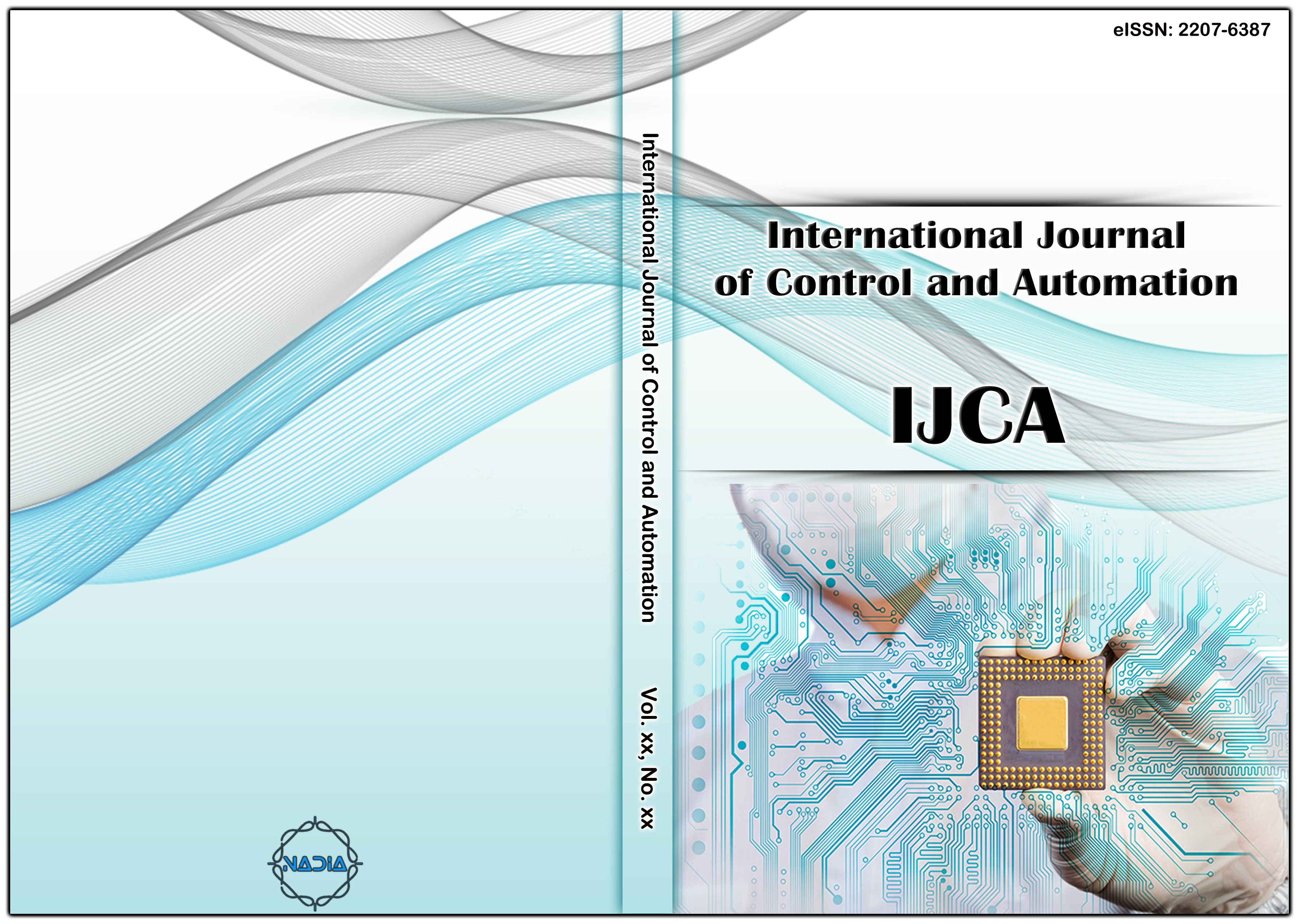[1] R. Minerva, A. Biru and D. Rotondi, “Towards a Definition of the Internet of Things (IoT)”, IEEE Internet Initiative, (2015).
[2] J. Habibi, A. Ghrayeb and A. G. Aghdam, "Energy-Efficient Cooperative Routing in Wireless Sensor Networks: A Mixed-Integer Optimization Framework and Explicit Solution," in IEEE Transactions on Communications, vol. 61, no. 8, (2013), pp. 3424-3437.
[3] K. N. Kannan and B. Paramasivan, “Development of energy-efficient routing protocol in wireless sensor networks using optimal gradient routing with on demand neighborhood information,” International Journal of Distributed Sensor Networks, (2014).
[4] D. R. Cañas, A. L. S. Orozco, L. J. G. Villalba, and P. Hong, “Hybrid ACO Routing Protocol for Mobile Ad Hoc Networks,” International Journal of Distributed Sensor Networks, (2013).
[5] M. Xu and G. Liu, “A multi-population firefly algorithm for correlated data routing in underwater wireless sensor networks,” International Journal of Distributed Sensor Networks, (2013).
[6] E. Amiri, H. Keshavarz, M. Alizadeh, M. Zamani, T. Khodadadi, “Energy Efficient Routing in Wireless Sensor Networks based on Fuzzy Ant Colony Optimization,” International Journal of Distributed Sensor Networks, (2014).
[7] H. Simaremare, A. Abouaissa, R. F. Sari, and P. Lorenz. "Performance analysis of optimized Trust AODV using ant Algorithm," in IEEE International Conference on Communications (ICC), pp. 1843-1848. IEEE, (2014).
[8] D.B. Johnson and D.A. Maltz, “Dynamic source routing in ad hoc wireless networks,” Mobile Computing, vol. 353, (1996), pp. 153–181.
[9] P. Jacquet, P. Muhlethaler, T. Clausen, A. Laouiti, A. Qayyum, and L. Viennot, “Optimized link state routing protocol for ad hoc networks,” Multi Topic Conference IEEE INMIC 2001. Technology for the 21st Century. Proc. IEEE International, (2001), pp. 62–68.
[10] C.E. Perkins and E.M. Royer, “Ad-hoc on-demand distance vector routing,” Proceedings of the 2nd IEEE Workshop on Mobile Computing Systems and Applications, vol. 2, (1999), pp. 90–100.
[11] D. Johnson, C. Aichele, and N. Ntlatlapa, “A simple pragmatic approach to mesh routing using BATMAN,” 2nd IFIP Int. Symp. Wirel. Commun. Inf. Technol. Dev. Ctries., (2008), pp. 10.
[12] D. Seither, A. König, and M. Hollick, “Routing performance of wireless mesh networks: A practical evaluation of BATMAN advanced,” Proceedings of Conference Local Computer Networks, LCN, (2011), pp. 897–904.
[13] M. S. Singh and V. Talasila, “A practical evaluation for routing performance of BATMAN-ADV and HWMN in a Wireless Mesh Network test-bed,” 2015 Int. Conf. Smart Sensors Syst. IC-SSS, (2015).
[14] M. Zhang, W. Wei, R. Zheng, Q. Wu. “P-bRS: a physarum-based routing scheme for wireless sensor networks”, The Scientific World Journal, (2014).
[15] C. Bormann and M. Ersue and A. Keranen, “Terminology for Constrained-Node Networks”, in Internet Requests for Comments (RFC) 7228, IETF, (2014).
[16] Pallavi Sethi and Smruti R. Sarangi, “Internet of Things: Architectures, Protocols, and Applications”, Journal of Electrical and Computer Engineering, vol. 2017, Article ID 9324035, (2017).
